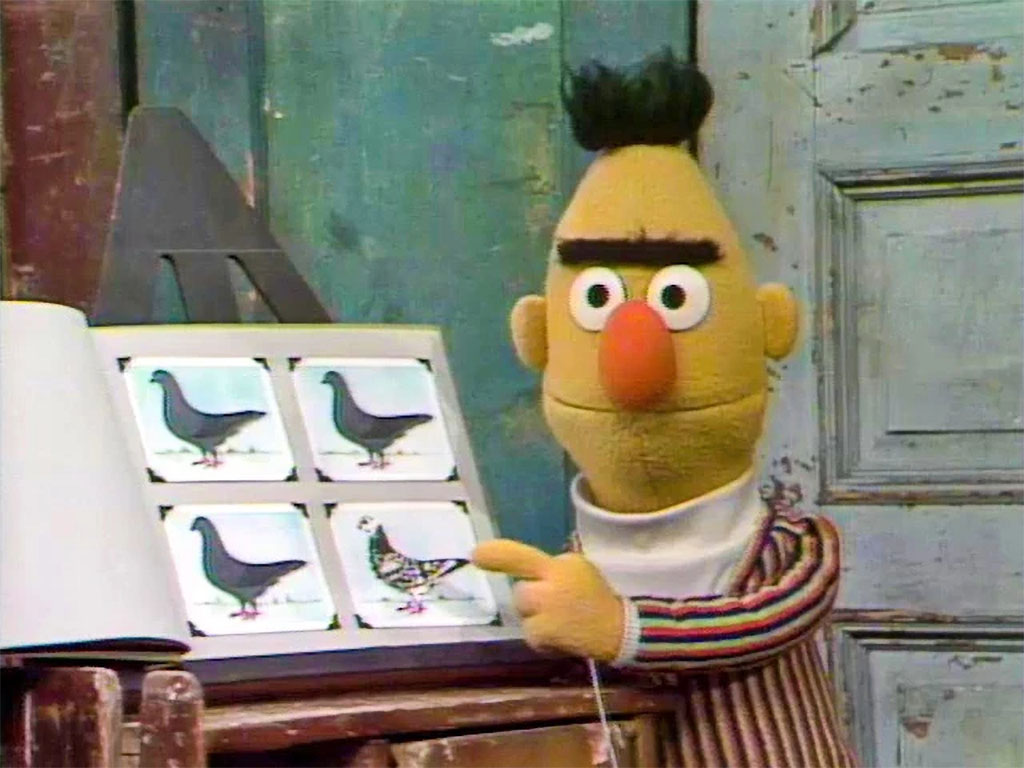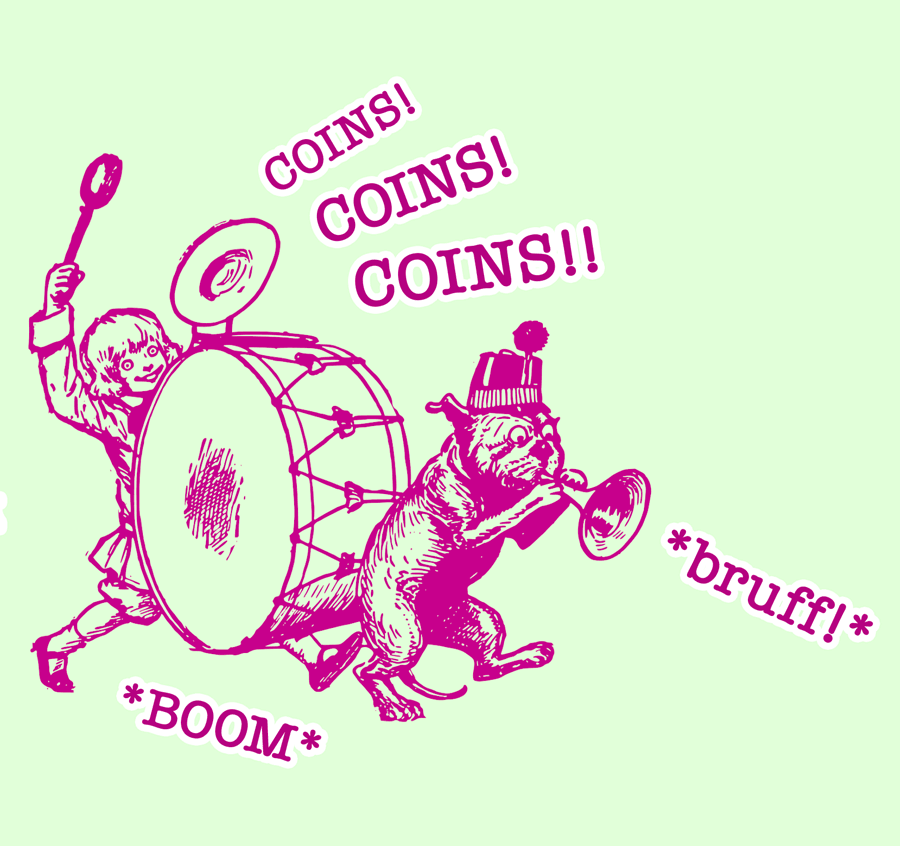
Working in games as a CRM (Customer Relationship Manager), you probably already know that your job and role looks a bit different than other CRM jobs. At Teak, we’re committed to ensuring we provide a platform, guides, how-tos, and advice specifically tailored to the world of gaming. But something that we maybe haven’t quite touched on quite a lot yet is…how exactly is being a games CRM different from other CRM roles?

“One of these things is not like the other.” – Sesame Street
It’s important to look at these differences and understand them because it directly informs strategy and how you should be crafting your marketing strategy. The biggest differences all come down to the frequency of notifications, competition from every other industry, and the vast diversity of content and players you have to manage.
Gaming is Built on Daily Engagement
Perhaps the biggest factor that sets gaming CRM apart is the fact that marketing a game is an always-on endeavor with no breaks or lags in cadence. When you are putting together a messaging strategy for a game, you need to be sending out notifications multiple times a day, every day.
Hitting that daily cadence is extremely important. At Teak, we frequently see that games that create multiple touchpoints a day for players see their DAU steadily rise. More importantly, we see that players who play games multiple times a week are more likely to spend. 80% of revenue for free-to-play games comes from players that are playing at least five days a week, and 97% comes from players who play more than once a week.
This is why creating opportunities for them to tap in and play is so important. And the main way to create those opportunities is to send them notifications. This brings us back to the main point - being a games CRM, not only is the notification everything, you also send a high volume of them.
This is very different from other marketing and CRM worlds. An always on, constant messaging cadence is unique to gaming, and it not only makes for a huge amount of work with the crafting and scheduling of all the messaging, but it also increases the amount of data you have to sift through and pull from. But more on that later.
Gaming Competes with Everything
When it comes to getting people to tap into your game and play, you are competing with just about everything a person could be doing. A player could play your game…or they could watch Netflix. They could play your game…or they could scroll on social media. You get the picture. That means that getting them to tap in and play can be a real challenge when the choices they have for day-to-day activities are endless.
That is very different from other types of marketing the CRM role may be in. E-commerce isn’t competing with going to see a movie, for example.
This means your messaging and content needs to be spot-on every time you do send something out. There can’t be a missed opportunity, because every opportunity needs to create an incentive to tap in and play. The stakes are much higher. Combine that with the amount of messaging needed, as we saw above, and you start to see why the role of a gaming CRM has more riding on it than many other industries.
As a gaming CRM, you aren’t trying to remind people that your game exists - as opposed to, say, to a clothing brand that might send the occasional email as a reminder that they sell shirts. You’re not banking on being there at the right moment. Instead, you are trying to create moments of play for your game. You’re driving direct conversion into play. Every touch point needs to give the player a reason and means to play the game.
Content Diversity Can be Challenging
For most online interactions a person has these days, there is a wealth of content to engage with and consume. Think about social media: people follow creators or topics that interest them, and each time they log on, they are met with relevant content. That content also changes frequently, creating a refresh that makes it easy to draw people into the platforms over and over again.
That isn’t the case for games. As a game, when you send a notification or write an email, you have to be a bit more creative. Games have events, updates, new levels - but it’s not the same volume that other online platforms have. Because of this, convincing players to come in and play can be challenging when there isn’t a perceived “newness” to each of the interactions.
Another way to think about this is how other industries promote and sell their products. For most other industries, they are often insinuating that their product will solve some kind of need or issue for the consumer - as in “This is you if you’d buy our product.” But gaming can really only sell “Come play our game and relax for a bit” or “Take some downtime and play.” It’s a less powerful pitch, and instead of each touchpoint building up a new identity to motivate the person to make a purchase, each gaming touchpoint is looking for “Isn’t now, this exact moment right now, a good time to chill for a bit?”
For this reason, rewarded messaging is much more important for gaming than it is for other industries. Ensuring that you’re offering rewards and consistently enticing players to tap in and play your game through those rewards is crucial.

When in doubt, give coins out!
Player Groups are Very Diverse
As a games CRM, you will constantly find yourself engaging with and creating content for very distinct and different types of players. In a day, you may need to wrap your head around how to send notifications to someone who plays once a week and someone who has been playing daily for years. Those are two extremely different audiences, and crafting strategy for both will be worlds apart.
Essentially, as a games CRM, you’re having to think through all those different kinds of players in one day, or one week, or one month. It stretches the number of distinct strategies and content you need to create to a huge amount, and it pushes how much you need to consider lifecycle-wise on a day-to-day basis.
This is why personalization and tiered rewards are so important to notification strategy. Ensuring that your notifications and rewards correspond and are appropriate for the audience you’re speaking to is key to getting them to tap through and play. We have a lot of guides on personalization, including How Personalized Push Notifications Drive Retention in Gaming.
There is No Distinct Funnel 🔁
One of the most tricky parts of being a games CRM is gaming has no “funnel end goal”. If you’re doing marketing for an e-commerce store, you “win” when the user makes a purchase. And after that, you’ve essentially completed the mission of the notification. With gaming, making a purchase is the start of a new “now what” funnel. The purchase isn’t the end goal - now, you need them to use that purchase, have fun using it, and then make another purchase. And this repeats over and over and over, essentially forever.
The end game of CRM isn’t a specific event, but a new pattern of events - a player who plays daily and regularly purchases. This adds to our points above that gaming competes with everything. You’re having to not only get them to play, but then continue to message them to increase how much they play every day.
Large Amounts of Data to Sift Through
All of the above amount to one thing for sure: gaming CRM results in a serious amount of data. That is a lot to sift through and only adds to the complicated nature of data analysis in this field. Additionally, because you can easily have upwards of 2,000 touchpoints in one year, it’s crucial to reduce overhead for each of these touchpoints.
At Teak, we try and make this as easy as possible for you by creating a platform that allows you to track and analyze all those touchpoints without a huge amount of extra legwork for you.
Learnings & Takeaways 🧐
Being a gaming CRM is a challenging always-on-role that requires you to:
- Consistently send notifications every single day
- Constantly reevaluate strategy
- Create a high volume content that is varied and different
- Communicate with many different kinds of players at once
At Teak, we understand the world of being a gaming CRM almost better than anybody. That’s why we’re so dedicated to creating these guides and how-tos for you. We release a new one every couple weeks, so be sure to look for them! And in the meantime, we would revisit some of our favorite guides we’ve published in the past:
- How to Write Reengagment Content
- Personalizing VIP Tiers in Game CRMs
- A Full Overview of the Player Lifecycle
- How to Make Content That Keeps Core Players Happy
- Crafting the Perfect Strategy Behind Recurring Sends
We also are here and available for whatever you may need in your gaming CRM journey. Don’t hesitate to reach out with questions or needs. We’re here to help you and make your day a bit easier!
Alex, Erica, & Teak Team